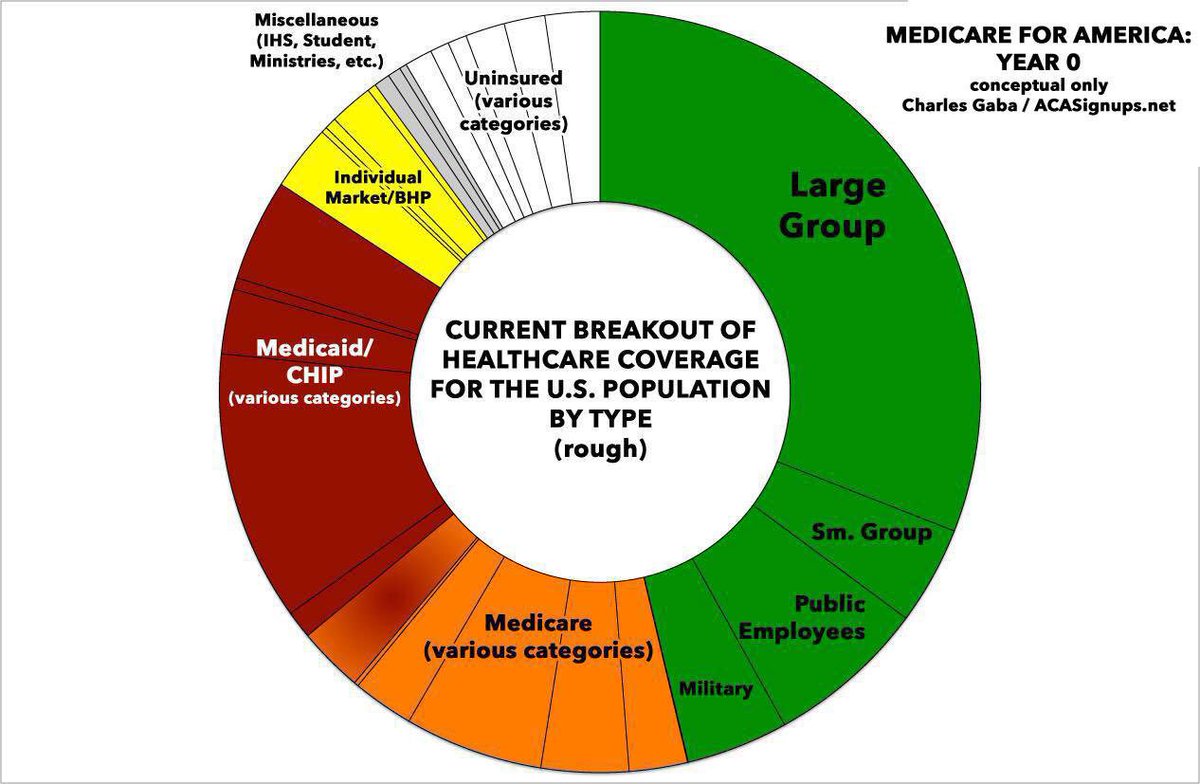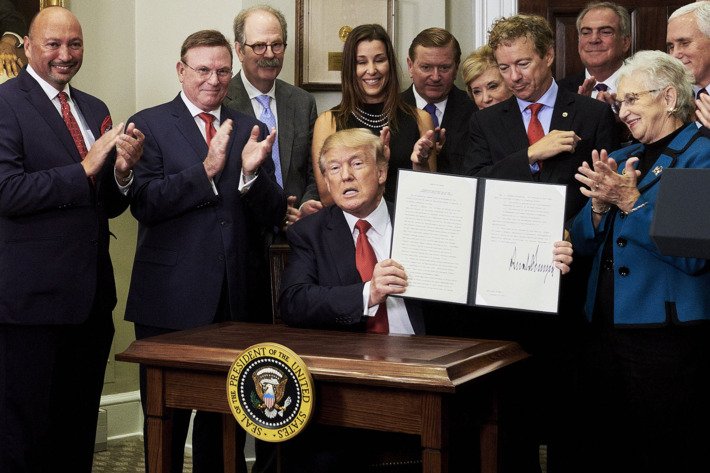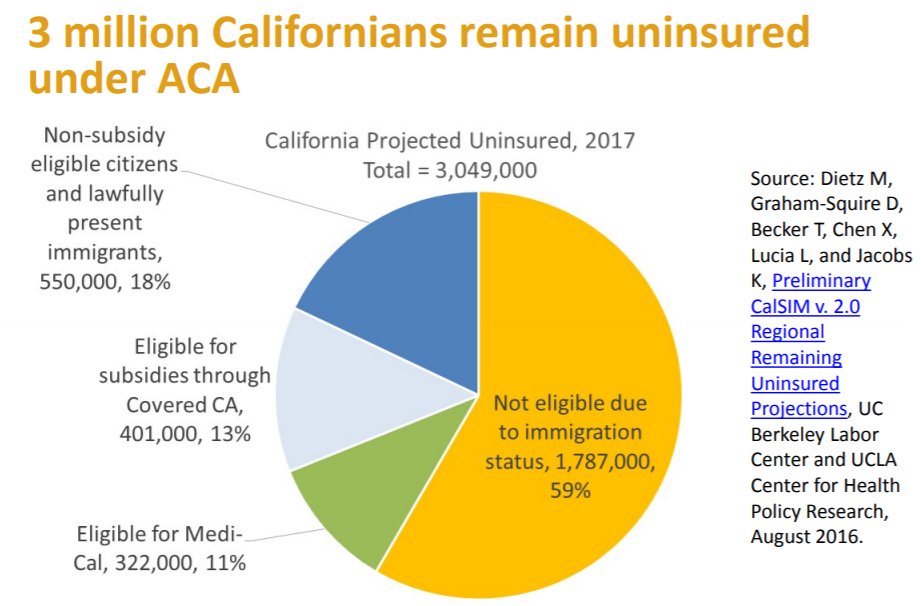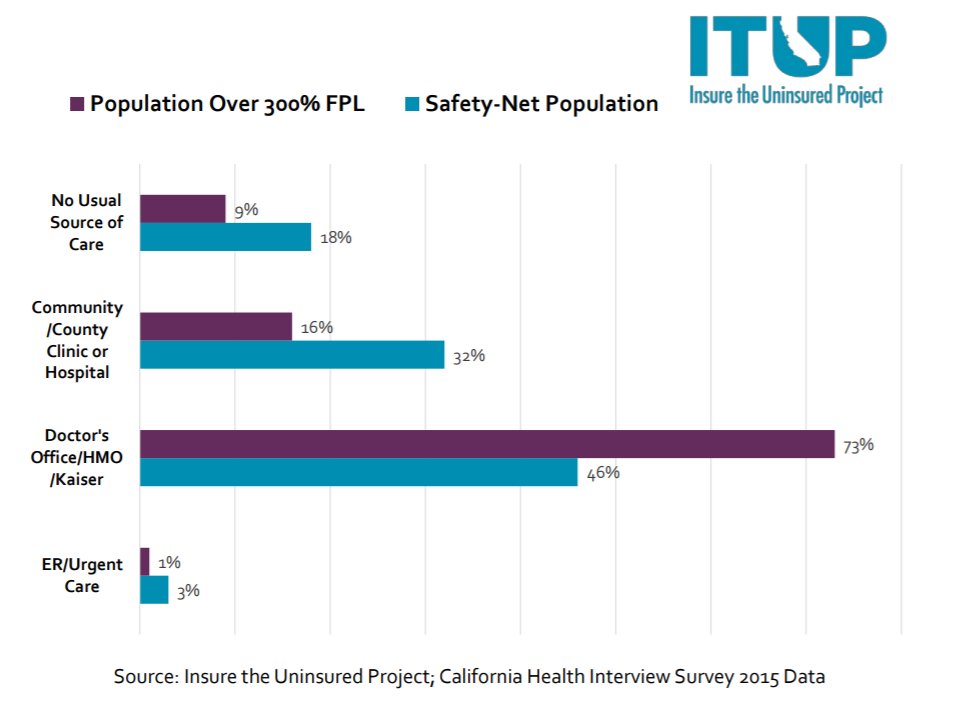acasignups.net/18/02/13/updat…
acasignups.net/19/01/14/new-s…
--Let's say a brand-name drug list price is $200, while the generic equivalent is $100. 11/
--Right now, the *full $200* gets applied towards the maximum out-of-pocket expense limit, after which the *insurance co* has to pay for everything. 12/
--This discourages brand-name drugmakers from using "coupons" to manipulate prices and soaking insurance cos as much. 13/
acasignups.net/18/05/23/four-…
The next *FOUR* #NBPP2020 changes have to do with Risk Adjustment, which I don't know nearly enough to declare whether they're good or bad, so I'm skipping them. 21/
"Required Contribution Percentage". Under the #ACA, all exchange plans have to cover 60-90% of your healthcare expenses (Bronze, Silver, Gold, Platinum)...with one exception: Certain people under 30 years old are allowed to enroll in Catastrophic plans. 28/
acasignups.net/19/03/29/remin…
Next: "Direct Enrollment". I have mixed feelings about this one.
In addition to the official ACA exchanges (HCgov, CoveredCA, etc), there are a handful of private, third-party websites which have been authorized to enroll people in on-exchange ACA plans. 39/
cbpp.org/research/healt…
This was already one of the stupidest provisions of the ACA, and #NBPP2020 makes it even dumber. All of it is attached to the "Hyde Amendment", which states that federal $ can't be used to cover abortion. 54/
acasignups.net/17/10/08/absur…
acasignups.net/18/11/12/updat…
If you find my work at ACA Signups helpful and are in a position to support it, please consider doing so either one-time or monthly, thank you!
acasignups.net/donate







